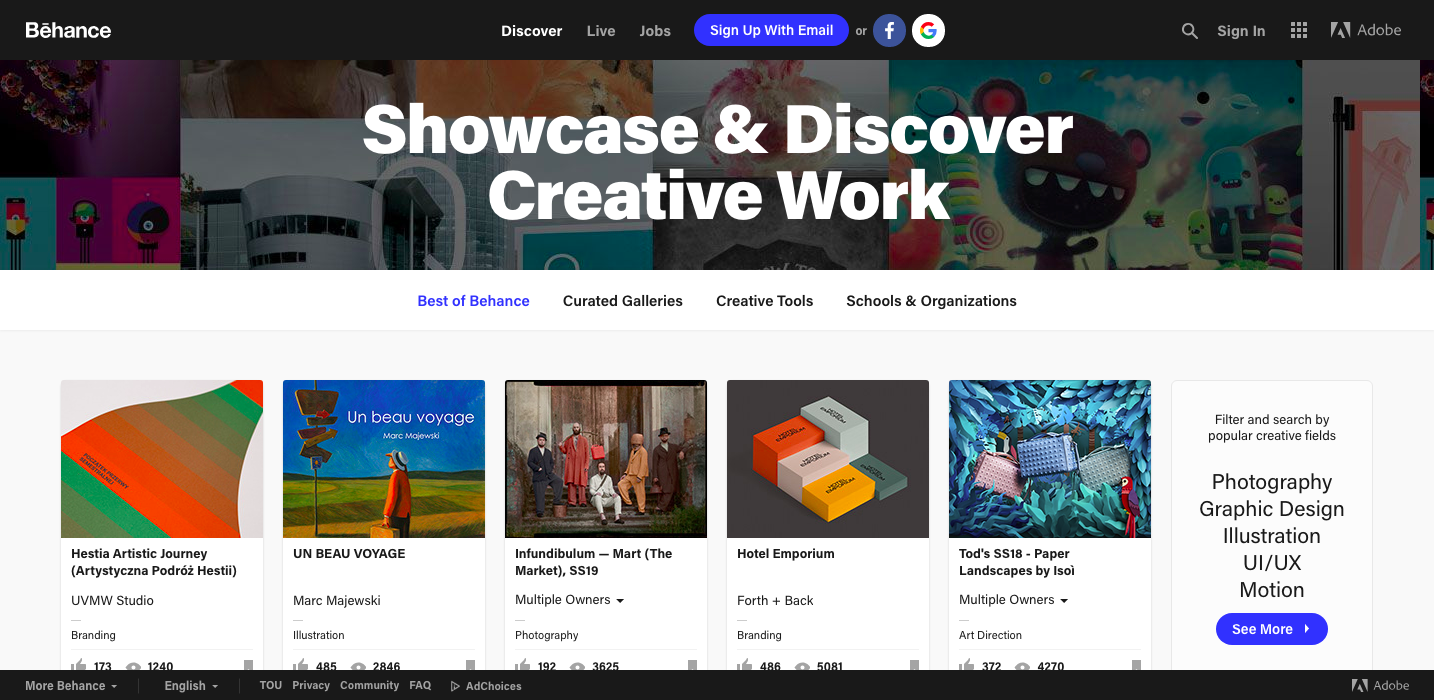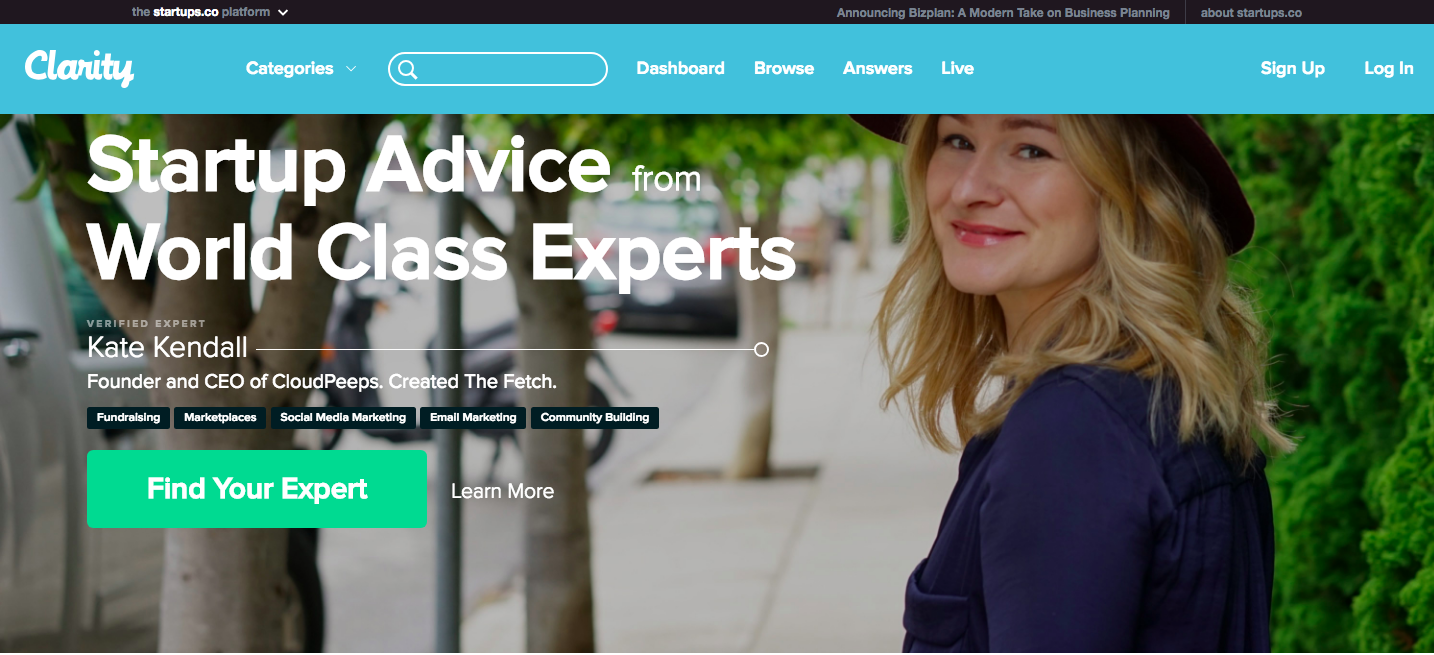The rise of the expert network

The idea of expert networks isn’t new, but with the sheer number and range of them growing all the time, are established brands doing enough to take advantage?
In the mid-late 90s, nearly 20 years ago now, the web began to bring online transactions to life through bookstores, trading platforms like E-trade and countless marketplaces.
In parallel, there was a slow but steady rise in the development of online expert communities and expert networks. Places where you could access expertise across a huge range of subjects, some of which were incredibly niche.
Probably the best known of these professional networks is LinkedIn, which still thrives as a marketplace for job applicants, recruiters and employers. But LinkedIn is just one of many expert networks, old and new, carving out their place in today’s world of work.
Where it began - the early expert networks
Some of the first expert networks grew around demand from the financial and corporate sectors for insight into niche subject areas.
Good examples of this are Gerson Lehrman Group (GLG) and Alphasights. They act as brokers for experts in different areas to engage with private equity firms and corporations. These experts provide unique insights to clients in ‘micro-chunks’ of consulting.
The model of expert networks like these is to find the ‘right’ expert for the ‘right’ problem, and then keep those experts on the books until the next ‘micro gig’ appears. While this model could have been built without the internet, it wouldn’t have thrived without LinkedIn and the rise of the so-called gig economy.
(As an aside, most people view the gig economy as the take-over of low-level mercenaries and freelancers, but the shift also applies to highly-skilled independent consultants.)
As niche expert networks have grown and developed, the investment sector, in particular, has used them to gain market knowledge. This gives them a critical upper hand over the competition, although it’s also caused its fair share of controversy.
In more recent years, the rapid acceleration of the sharing and gig economies, has seen the ‘experts-on-demand’ model branch out into new fields, becoming a ubiquitous approach to getting jobs done.
Moving into the creative space - design expert networks
One of the fields where we’ve seen significant growth in the use of expert networks is design. Networks like Dribble and Behance provide a place for designers to showcase their work, and have become the go-to place for bidding on and accepting design jobs. Designers compete with each other once they’re on the platforms, but the reality is that they need to be on the network to even be in with a chance.
These relatively new entrants are taking market share from the more traditional businesses offering magazines, events and consulting. It seems organisations like these are losing sight of the power of their own networks and giving up share to new entrants that build and deploy expert marketplaces and networks.
This failure to act on changes to the market can be seen in the fact that it wasn't Communication Arts or Design Boom that picked up Behance, it was Adobe. Adobe bought Behance for a whopping $100-$150m. Clearly, they saw the power of a community of experts and the marketplace that drives the model.

A rising tide
The reality is that it’s not just design. Expert networks are now in every industry, from technology, to education, and even farming.
In fact, there are so many expert networks popping up that some MIT students decided to use AI tools to help people navigate and locate the right expert across multiple networks.
Devin Basinger, Yishi Zuo, Derek Hans, and Nikhil Punwaney see a chance to disrupt the expert network industry as a whole through their startup, DeepBench. DeepBench seeks to “free the world’s knowledge by matching expert advisors with those who need their insights”.
“Our goal with DeepBench is to build a technology-driven, human-assisted platform for navigating expert networks,” Basinger proclaims.
Almost all of these new expert networks, and tools like DeepBench, have one thing missing though - a trusted brand and existing community.
Established publishers, event companies and consultancies all have those things - they are essentially already in the game of expert networks. Yet their operational models have been set up in a way that creates a blind spot to this. They build and perpetuate their businesses around traditional formats: magazines, events, and projects respectively.
I believe that it will be the companies that realise they are in the network game that will continue to grow. And that’s where we can help.
Allowing businesses to develop their own networks
For those of you who know our story well, you’ll be aware that Zapnito started out as an expert marketplace. That was 2013.
We soon saw a rapid rise of the same idea. In fact, Clarity.fm was already ahead of us - people could call experts and buy time from them on the fly. In total, seven similar brands popped up right around the time we launched.

With these launches, trusted brands were being disrupted by the rising tide of expert networks. This made it very clear to Jon and me, that changing our offer to provide a platform for brands to create their own expert marketplaces and networks was the right thing to do.
This approach seemed counter-intuitive to potential Zapnito investors at the time. So we bootstrapped it, with a lot of help from angels and smart, savvy early-adopter clients.
Today, we’re seeing more and more attention and recognition that this is the future. Membership organisations, for example, have always been the curators of expert networks yet have relied on old-style community platforms to build forums and chit chat among their members. Now they’re recognising that they could be doing something so much more powerful.
Brands are beginning to understand the need to use and build on their existing networks , rather than losing their communities to someone else. And that’s exactly what we’re helping them to do with Zapnito.
Photo by Harnoor dhaliwal on Unsplash





To access please sign in or register for free
If you are a registered user on Zapnito Knowledge Hub, please sign in